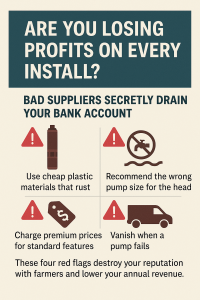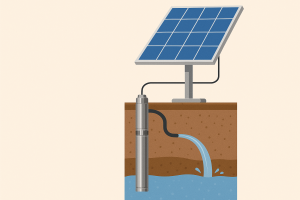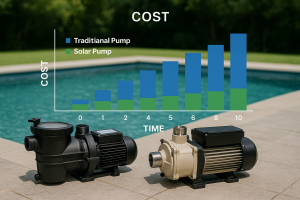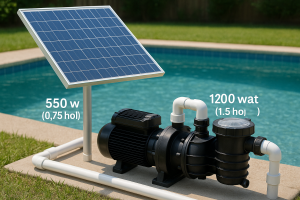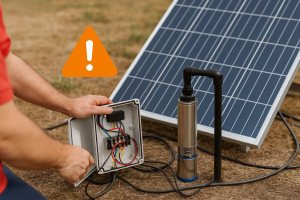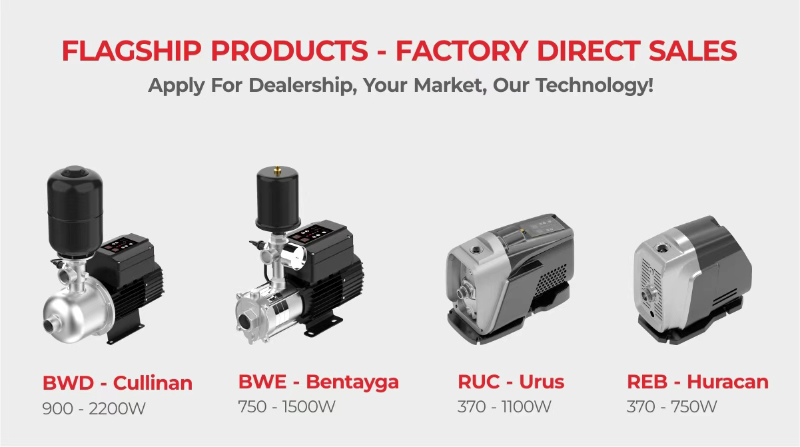Choosing a supplier is tough. A bad partnership costs you money and your reputation. I will guide you to find the right solar pump partner for your business.
To buy a solar submersible water pump, you should choose a manufacturer that offers a direct B2B relationship, high-quality products like stainless steel pumps, and a strong warranty. Reputable Chinese factories like HYBSUN often provide the best balance of cost, performance, and global support through local agents.
Finding the right supplier is the first and most important step. But the real challenge is digging deeper to find a company and a brand that will deliver on its promises for years to come. This decision will protect your investment and build your reputation. Let's break down how to look beyond the price tag to find true value and a partner you can trust for the long haul.
Which is the best company for solar water pumps?
| So many companies claim they are the best. It feels impossible to know who to trust with your money. Look for specific qualities that prove their worth beyond just marketing. The best company is a factory, not just a trading company. Look for manufacturers with their own production lines, strong warranties (3-5 years), and a proven track record in your market. This ensures you get better prices, direct support, and a product built to last. ! When you look for a supplier, you have a few choices. You can work with famous European or American brands, local resellers, or go directly to a factory in China. I have worked with buyers like Daniel from South Africa for years. He needs durable pumps for his farmer clients and a good price to make a profit. He learned that buying from a local reseller adds another middleman and cuts into his margins. Big Western brands are great, but the price can be too high for many projects. For buyers like Daniel, a factory-direct model is the best option. It gives you more control. As a factory owner with five production lines, I can tell you that direct communication is key. You can discuss your specific needs, like CE certification or materials that withstand high temperatures. You can also negotiate better terms, like bulk discounts or flexible payments. The best companies are those who see you as a partner, not just a one-time sale. Here is a simple comparison: |
Supplier Type | Price | Support | Quality Control |
|---|---|---|---|---|
| Famous Western Brand | High | Good, but often through a local agent | Very High | |
| Local Reseller | Highest | Varies | Unknown, depends on their source | |
| Chinese Factory (like HYBSUN) | Low-Medium | Direct from the factory | High, if you choose a reputable one |
Which is the best brand of submersible pump?
There are thousands of pump brands on the market. A cheap, poor-quality brand means frequent failures and very unhappy customers. You can avoid this by focusing on the technical details and materials.
The best brand of submersible pump uses a high-efficiency brushless DC motor (BLDC), a full stainless steel body and screw, and an intelligent MPPT controller. These features deliver more water with less power and ensure the pump lasts for years, even in tough conditions.
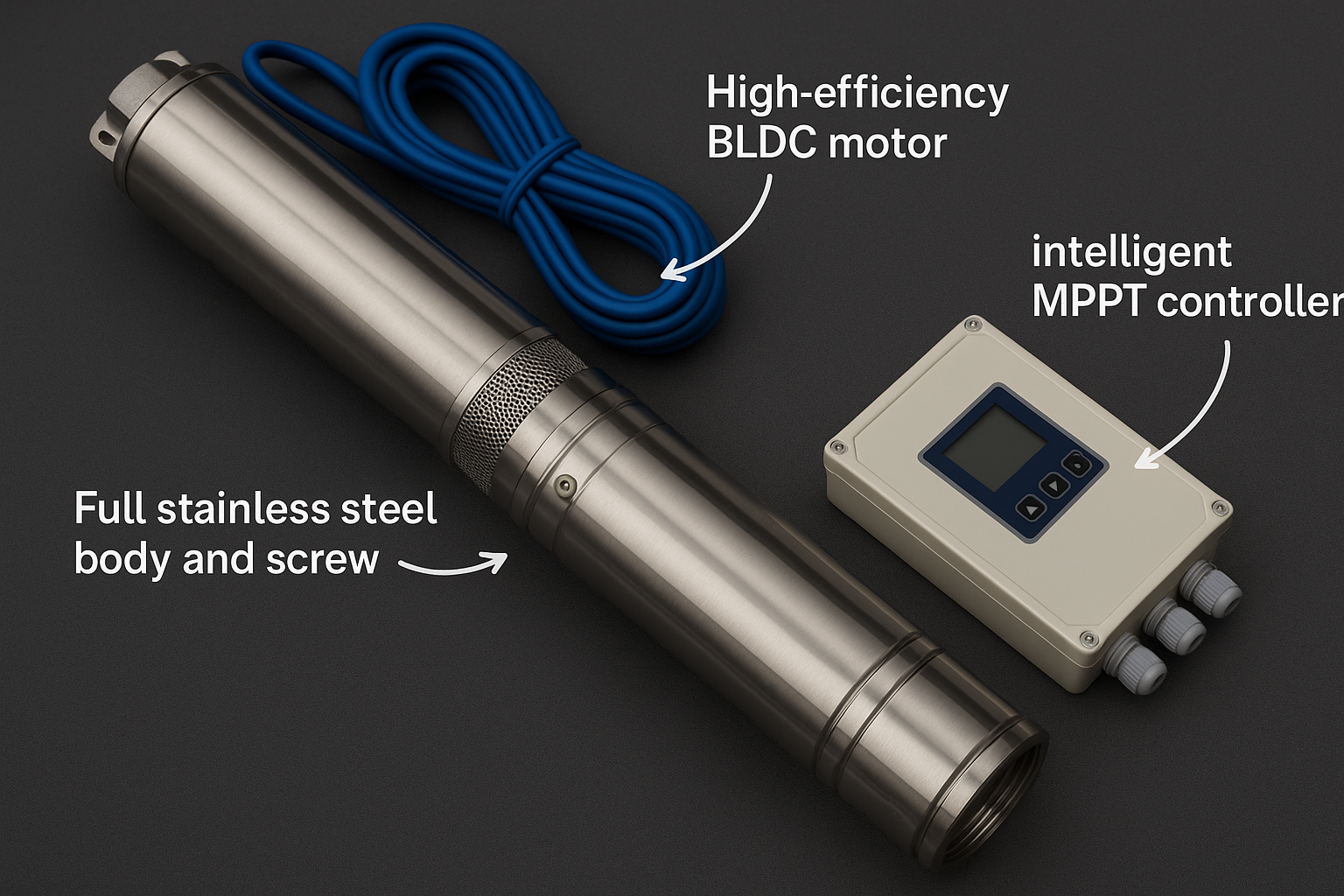
A brand is more than just a logo. It's a promise of quality. In my factory, we focus on the parts you can't always see. The motor is the heart of the pump. We use Permanent Magnet Synchronous Motors (PMSM), which is a type of brushless motor. They are much more efficient than older brushed motors. This means your customers get more water using the same number of solar panels, saving them money.
The materials are also very important. I have seen cheap pumps with cast iron parts rust and fail in less than a year. This is why we insist on using stainless steel for the pump body, outlet, and screw. For water that is a bit salty or corrosive, stainless steel is the only choice.
Finally, the controller is the brain. A good brand provides a smart controller with Maximum Power Point Tracking (MPPT). This technology gets up to 30% more power from the solar panels. The controller must also have protections for dry-running, overload, and overvoltage. These protections stop the pump from destroying itself. A great brand gives you all three: an efficient motor, durable materials, and a smart controller.
How do I choose a solar water pump?
Choosing the right pump model can feel very technical and confusing. If you pick a pump with the wrong specs, it will perform poorly or burn out quickly. Just follow a simple process.
To choose a solar water pump, first calculate your Total Dynamic Head (TDH) and your daily water volume needs. Then, use this information to find a pump whose performance curve shows it can meet your requirements efficiently. This ensures the pump isn't overworked or underutilized.
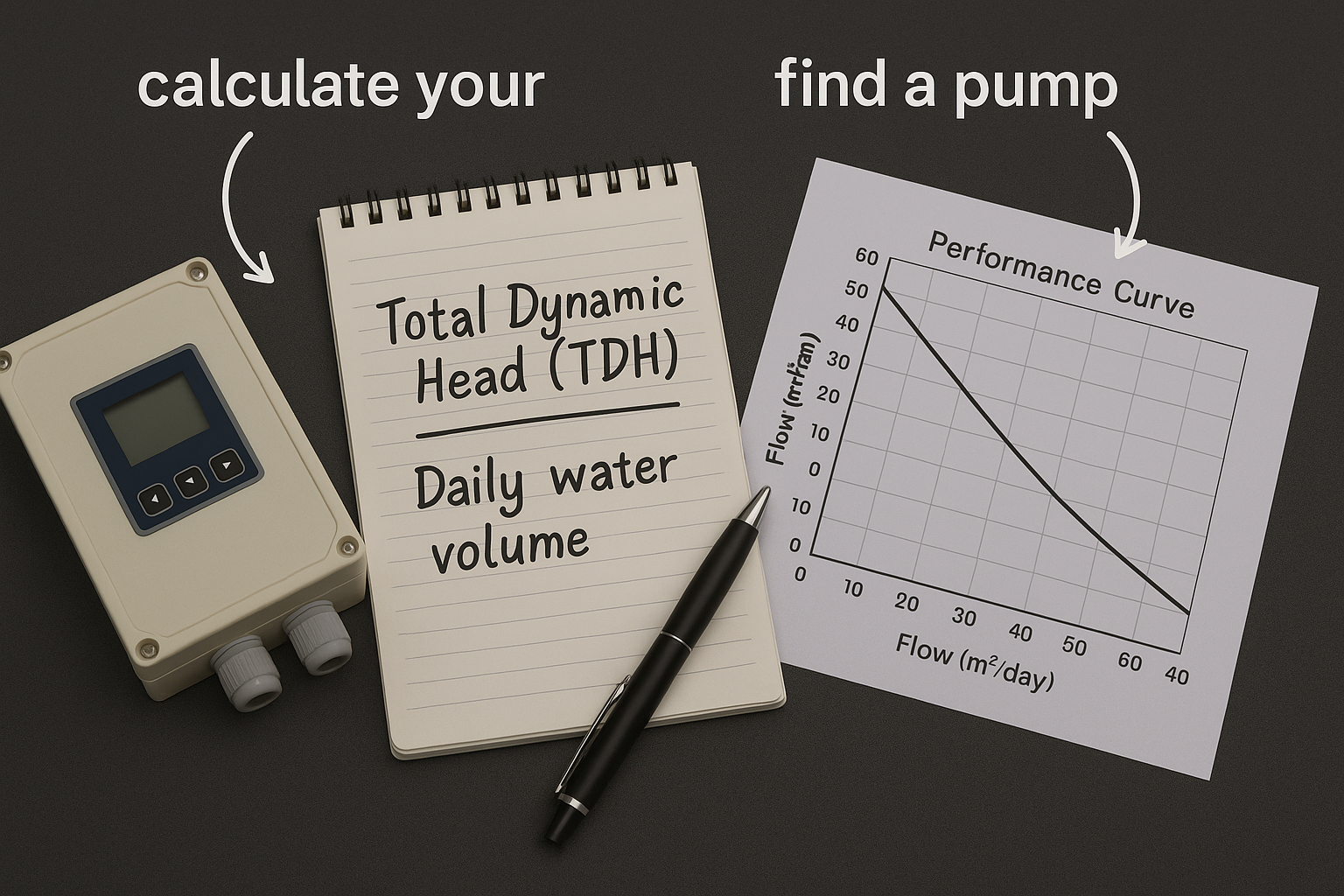
Choosing the right pump is a science, but a simple one. I walk my partners through these four steps to make sure they get exactly what they need for their customers.
Step 1: How much water do you need?
First, figure out the total volume of water needed per day (in cubic meters, liters, or gallons). Is it for a small farm's irrigation, for livestock, or for a home? This gives you the required flow rate.
Step 2: Calculate the Total Dynamic Head (TDH).
This is the total pressure the pump must overcome. It has two main parts:
- Static Head: The vertical height from the water level in the well to the storage tank's inlet.
- Friction Loss: The pressure lost due to friction as water moves through pipes. Longer or smaller pipes create more friction.
You just add them together: TDH = Static Head + Friction Loss.
Step 3: Read the Performance Curve.
Every pump has a performance curve chart. This chart shows you how much water (flow) the pump can deliver at a certain pressure (head). Find your required TDH on the vertical axis and your required flow rate on the horizontal axis. The best pump model is one where your requirement falls in the middle of its curve, at its Best Efficiency Point (BEP).
Step 4: Size your Solar Panels.
The pump's datasheet will tell you how much power (watts) it needs. You must match this with a solar array that can provide enough power, even on cloudy days.How do I choose a good submersible pump?
Not all submersible pumps are built the same. A "bad" pump might look good on the outside but will fail you quickly. You just need to check a few key features.
A good submersible pump has a corrosion-resistant stainless steel body, a high-efficiency brushless motor, and a smart controller with full protections. Also, check for a long warranty of at least 3 years and ask the supplier if they provide spare parts.
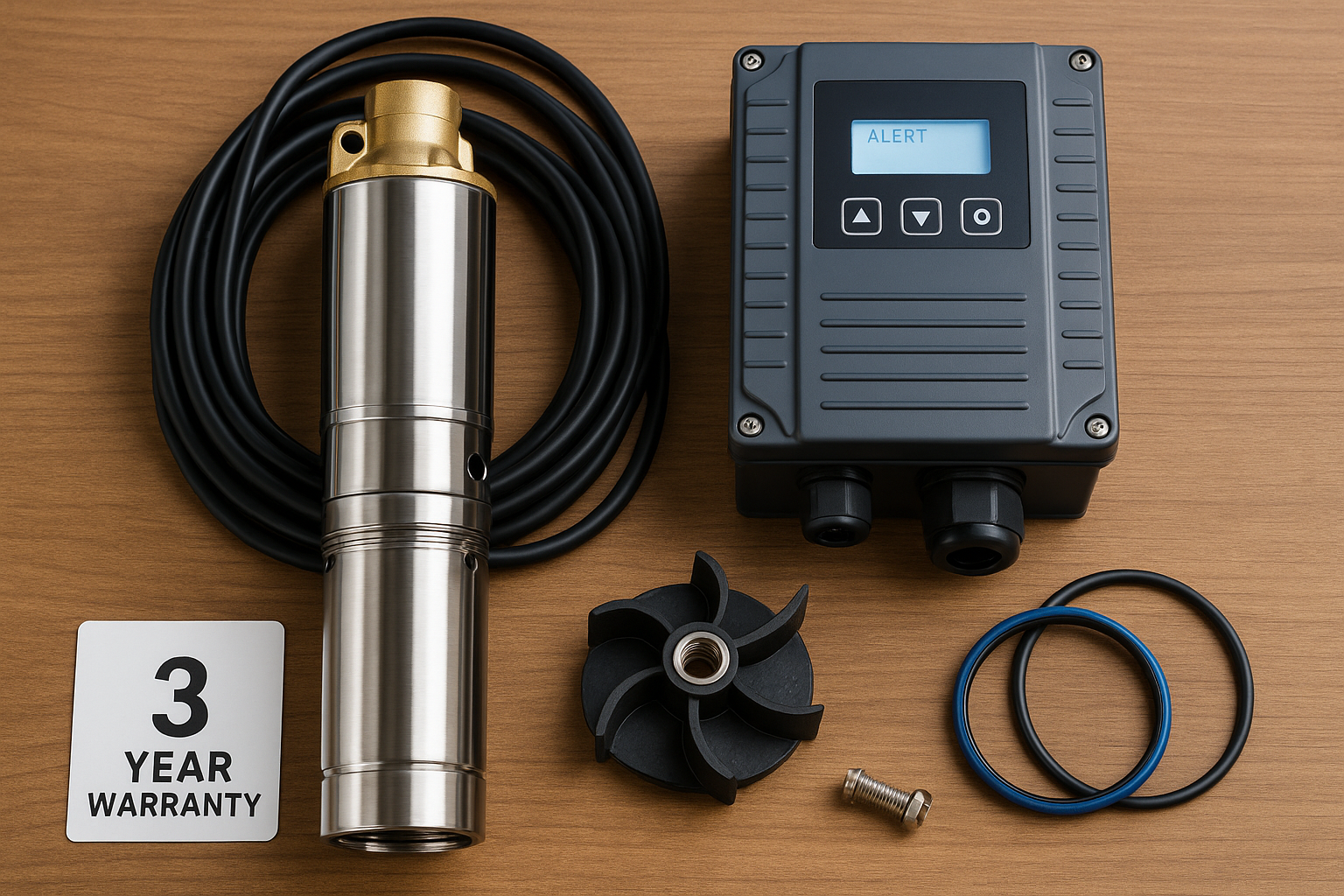
I've been in this business long enough to spot a good pump from a bad one instantly. When I talk to new distributors, I give them a simple checklist. A good pump is an investment that pays off. A bad pump is a headache that never ends.
A client from Uganda once told me he bought cheap pumps from a trading company on Alibaba. The price was low, but the pumps failed in six months because they were made of cast iron and the water was harsh. He lost his customer's trust. He then switched to our stainless steel models and has been a loyal partner ever since. His story shows why looking closely at the product is so important.
Here is a checklist you can use to evaluate any submersible pump:Feature A Good Pump (What you want) A Bad Pump (What to avoid) Motor Brushless DC (BLDC or PMSM) for high efficiency. Old, inefficient brushed DC motor. Pump Body Full Stainless Steel (SS304 or SS316). Cast iron, painted steel, or low-grade plastic. Controller External or internal MPPT with full protections. No controller or a very basic one with no protection. Warranty 3 to 5 years. 1 year or less, or no clear warranty policy. Support The supplier provides technical sheets and has spare parts. No documentation and no after-sales support. Always ask for the pump's data sheet and warranty information. A good supplier will be happy to provide it.
Conclusion
Finding the right solar pump supplier means looking for a true factory partner. It's about balancing good cost with high quality and reliable service to ensure your long-term success.
